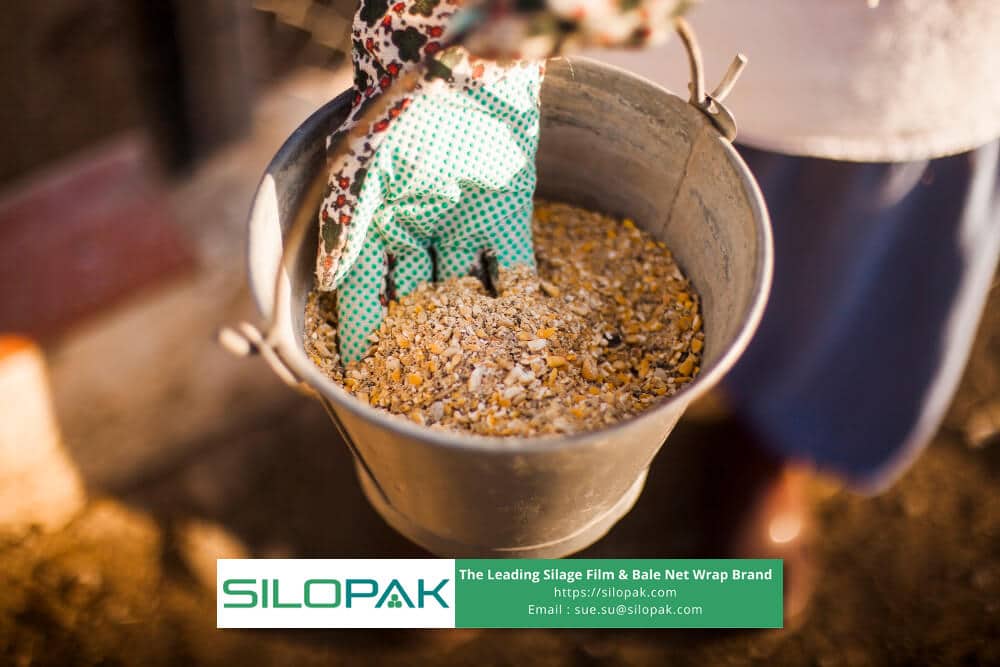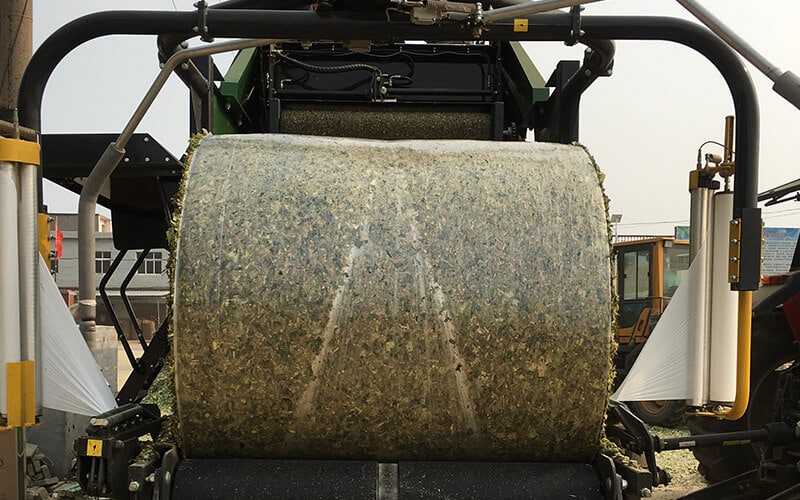
Harvesting is a happy time for farmers that leave crop residues. These can be leave, stem, stalk, and anything that is not taken. These things are not the prominent products of the plant. In other words, these are not the reason the plant is cultivated. However, they can be useful in other ways. Farmers have their solution to make these things more beneficial although they are secondary products of agriculture.
contents
Many Ways to Make Crop Residues More Useful
The first way to make the residue become more valuable is to make a natural fertilizer for the field. This is quite easy because the farmers do not have to do extra jobs to move them. They can just leave them in the field. The residues will decompose. They are good for soil health because of their important nutrient contents. This is known as the most popular way because it also applies a good cycle. What the farmers take will be what the farmers give to the soil. It is like harmony in music where everything runs well.
The residues can also be used as biofuels. Farmers gather the residues and process them to make this kind of fuel. This can be the innovation and solution to the recent world problem, of echo-friendly fuel.
A study has been conducted to see the other benefits of the residues in preventing erosion. The purpose can be reached by incorporating them. By doing this, the water-holding capacity is also improved. The soil will be more porous so the water can reach deeper areas. The soil erosion is prevented by the water stream that is always in the deep level.
It will be hard for water to carry the soil particles. Recently, instead of corporating the residues into the soil, farmers like to just leave them on the soil like that to reach the first purpose above. That is because it can create new habitat that attracts useful organism. Insects and earthworms will gladly come.
The next is using harvested remains as animal feed. In the usual season, the farmers can just leave the harvest remains on the ground and let the livestock graze. In planning the feed as the reserve food for the lean season, the residue can be processed and saved.
Making Forage Out of Crop Residues
Different techniques can be applied to make forage. It depends on the materials. One single technique is not always suitable for all. Also, the farmer’s preference, environmental condition and the tools available are things to be considered.
Grazing
Twice mentioned above, this is very economical. If you are not running out of time to plant the next plant, you can use the field to feed the livestock directly. It reduces so many kinds of costs, they are labour cost (on removing the residues from the fields), fuel (for the dung truck), and fertilizing the soil. Grazing actually could work for two benefits, they are feeding the livestock and at once as the soil fertilizer.
The livestock will eat approximately 35% to 40% of the whole residues. The rest which is more than 50% will be on the field and time by time will decompose.
Silage

Silage is moist forage which is made by the fermentation process. Making this kind of forage needs patience and thoroughness. The process is long and the airtight storage must always be noticed. Otherwise, the silage will fail to ferment. Farmers must pay attention to the film wrap. Make sure you choose a strong one because while waiting for fermentation, there could be interference from outside. Small animals like birds or insects often target.
Baling
This method is suitable for dried crops. The process of storing the crop in a bale is to dry it first. Sundry is the best way because it is eco-friendly and does not need extra cost. After that, press the crop and wrap it with a net.
The Effects Of Making Crop Residues Useful
Every step in maximizing the function of residues will provide results. The following are some of the positive impacts of utilizing harvest residues.
As Forage
There is a big stock that will help during the extreme season. The stock is not just about quantity but also the quality. The crop possesses nutrients that can maintain the livestock’s health.
As Soil Structure Strengthener
The soil will be stronger. The water flow in the soil runs smoothly and will not bring the soil away. In winter, these residues can trap snow. In the extreme season, there will be winds that are not as slow as usual which will cause the soil to scatter.
As Fertilizer
Natural fertilizer is always one step ahead towards the chemical one. It might be slower but the health is guaranteed to be the best. That is why agricultural products with the label ‘organic’ are always more expensive than the non-one. It also saves cost, you will have extra savings that you can use to boost your farm.
Using them seems so beneficial and eco-friendly. However, you have to remember that the amount of residues is not the same at every harvest time. It depends on some things like the kind of crop, the season and the pest problem during cultivation. This also applies to the quality. Some plants are thicker than others, and the process of decomposition will take a different duration.
The Tools for Making Forage Out of Crop Residues
Technology has helped humans to do many things. It speeds up the process so the production can be better in quantity and quality. Sometimes, it also affects the budget, the cost can be cut. Jummos will help you with agriculture machines. We provide sophisticated baler and wrapper machines.
Our factory is in China with a wide delivery range. Our reliability and quality are in good reputation proven by the years of experience. We also provide net wrap and silage film that strongly protect the forage from outside disturbance.
See the testimony from the former users and let us make forage out of crop residues with Jummos’ baler and wrapper.
